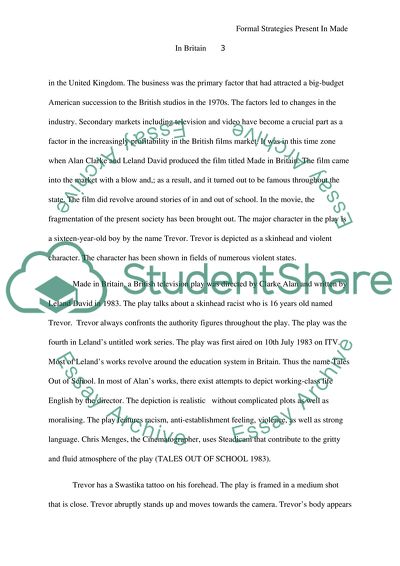Cite this document
(Formal Strategies Present in Television Play Made in Britain Movie Review, n.d.)
Formal Strategies Present in Television Play Made in Britain Movie Review. https://studentshare.org/visual-arts-film-studies/1855519-made-in-britain-formal-strategies
Formal Strategies Present in Television Play Made in Britain Movie Review. https://studentshare.org/visual-arts-film-studies/1855519-made-in-britain-formal-strategies
(Formal Strategies Present in Television Play Made in Britain Movie Review)
Formal Strategies Present in Television Play Made in Britain Movie Review. https://studentshare.org/visual-arts-film-studies/1855519-made-in-britain-formal-strategies.
Formal Strategies Present in Television Play Made in Britain Movie Review. https://studentshare.org/visual-arts-film-studies/1855519-made-in-britain-formal-strategies.
“Formal Strategies Present in Television Play Made in Britain Movie Review”. https://studentshare.org/visual-arts-film-studies/1855519-made-in-britain-formal-strategies.


